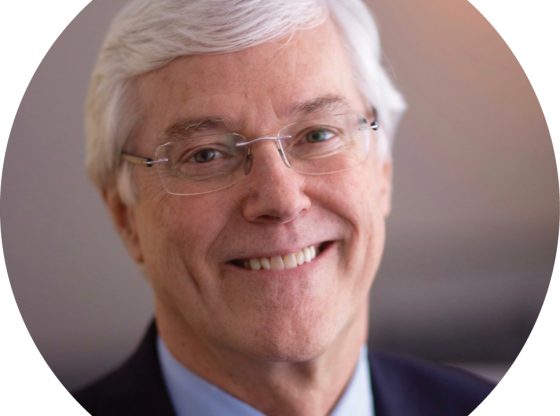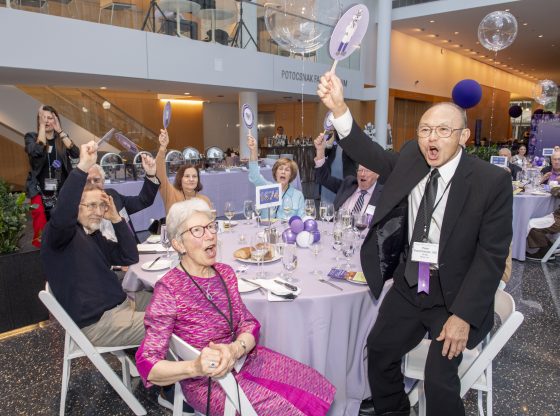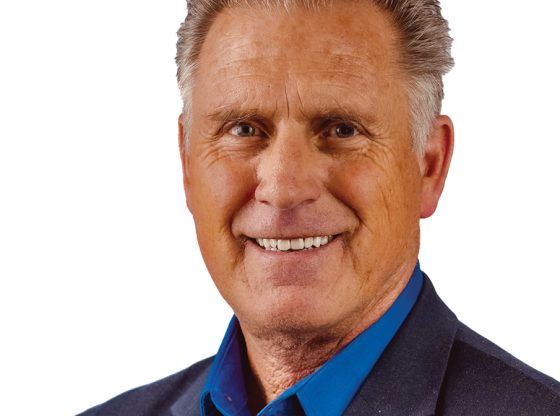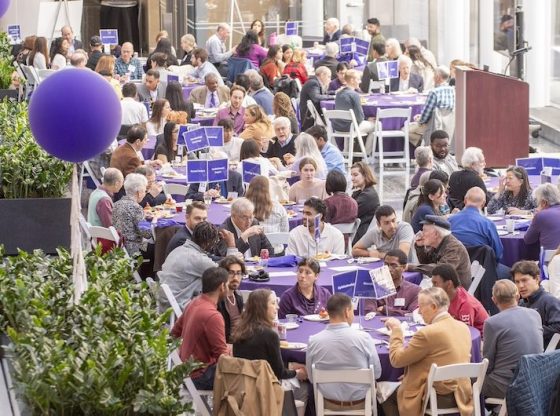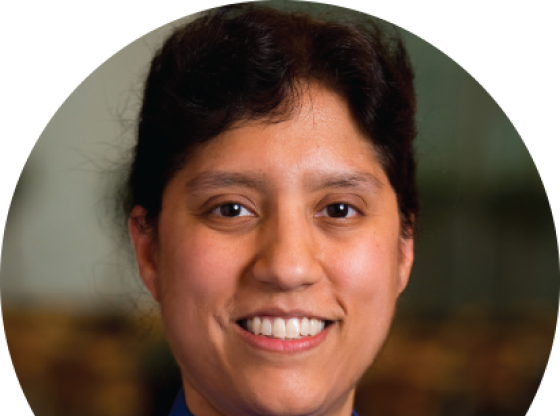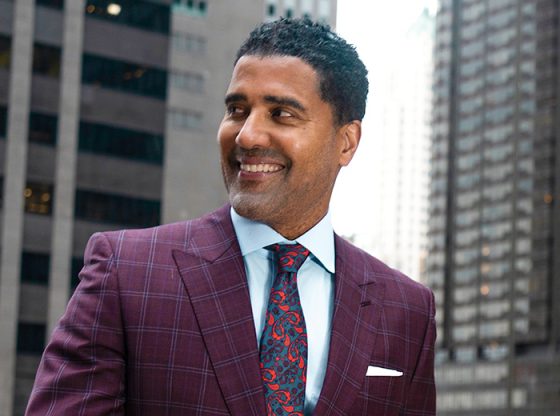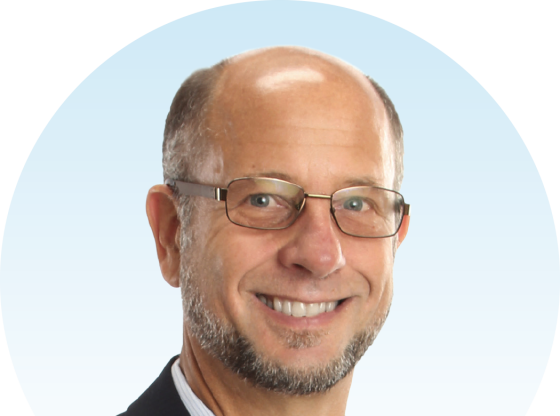Catherine Lucey prepares future physicians.
by Bridget M. Kuehn
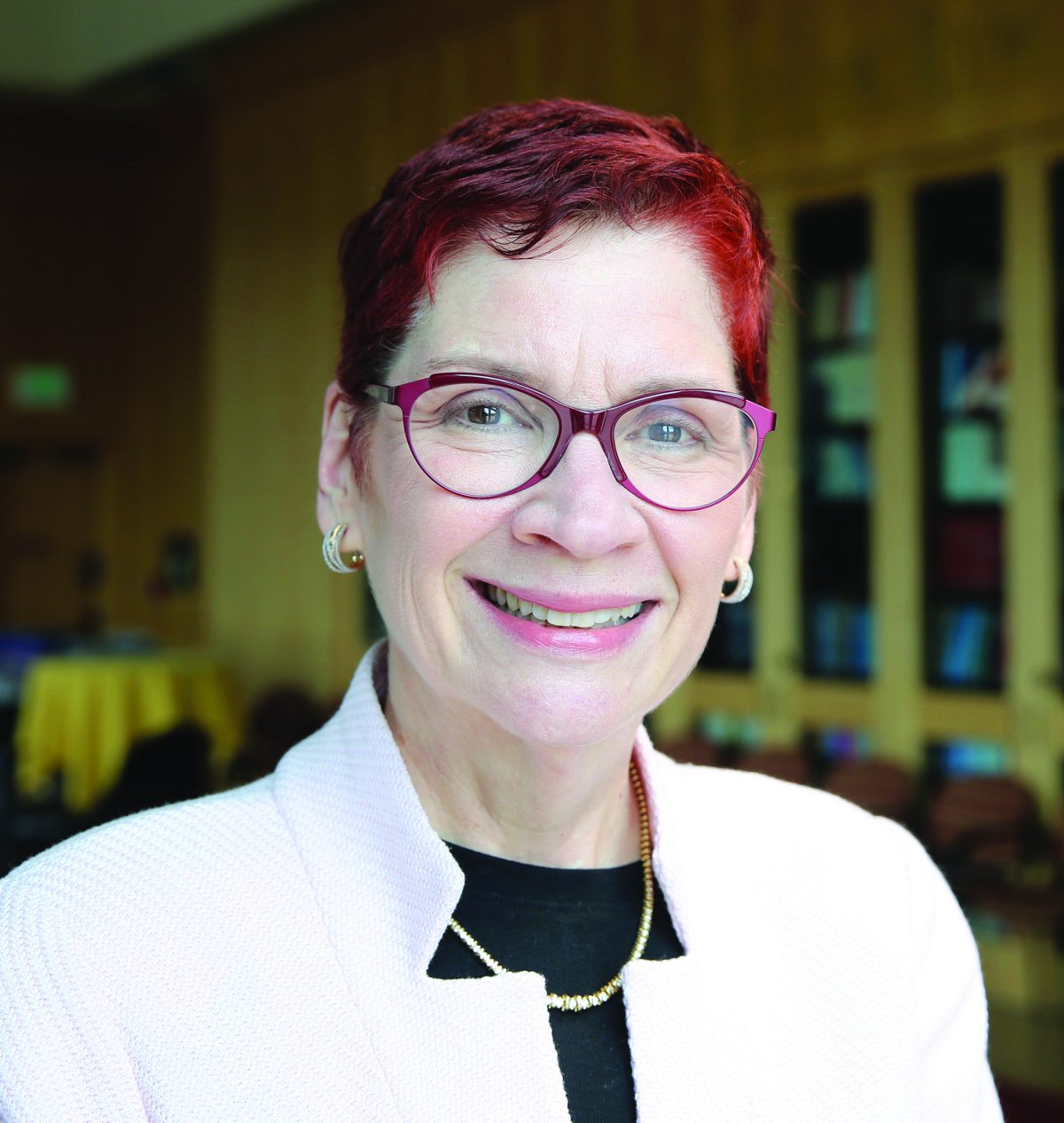

For the past 15 years Catherine Lucey, ’82 MD, has focused her career on redesigning medical education with an eye toward preparing physicians to solve the societal and clinical challenges that lie ahead. Her goal, she says, is to “not just to tweak things from within, but to begin by thinking more expansively about what type of physician we need for the 21st century.”
At the School of Medicine at the University of California, San Francisco (UCSF), where she served as vice dean of Education for eight years and has been executive vice dean for the past two, Lucey and her colleagues take a broad approach to that mission. They continue to nurture enduring skills like patient-centeredness, accountability, personal excellence, and lifelong learning. But they also are working to prepare clinicians to use modern technologies and help them develop the skills they need to work effectively in interprofessional teams to measurably improve the safety, quality, and equity of healthcare.
“It’s important that we prepare this next generation to understand what healthcare in the digital era looks like, and how to critically evaluate digital tools,” she says. For example, she notes that artificial intelligence is going to increasingly be used in medicine, but physicians need to be able to assess whether what the computer is telling them is correct. Additionally, she believes it’s important for physicians to be at the table when systems are designed and to know how to design data-driven systems.
She also feels strongly that medical education is a public good, and those working at a public institution should especially keep public service in mind.
“The physician workforce we need must also understand how to influence society to improve the social determinants of health as public citizens as well as professionals,” she says.
An Educator’s Lens
Lucey was inspired by her experiences during her third year of clerkship at Northwestern to pursue a career in internal medicine.
“I had tremendously interesting patients at that time and a really wonderful faculty and residents that I worked with,” she says. That experience “ignited a passion” for developing meaningful relationships with patients and the intellectual challenge of diagnosing patients who often present with a disparate set of symptoms. “You can help patients through some of the most challenging moments of their life,” she says.
She also credits Northwestern, where she worked as an anatomy teaching assistant, with planting the seed that education and patient care could go hand-in-hand. She later pursued her internship and residency at UCSF, where she became chief resident.
“That cemented a belief that I really wanted to craft a career that would enable me to use my skills to both take care of
patients and to help other people learn to take good care of patients,” she says.
Since then, she has practiced internal medicine in health systems across the country, including in Boston, San Antonio, and Columbus, Ohio. She took her first leap into a leadership role as a director of the residency program at Washington Hospital Center, a private hospital in Washington, D.C., and became active in many national medical education organizations. Over the course of her teaching career, she has been recognized with more than a dozen awards for excellence.
“I had the great opportunity to work with a lot of very talented educators who helped me learn the ropes and develop an educator’s lens to compliment my clinical lens,” she says. “That was really instrumental in helping me advance in my career.”
Tackling Disparities
Lucey is an outspoken advocate for the need to revamp the way medical schools recruit and train students. That work, she says, has been inspired by working in safety-net hospitals.
“I’ve seen firsthand how the lack of diversity in medicine makes it difficult for us to even tap into the experiences that are relevant for understanding a patient’s life,” she says. “I’ve also seen how a more diverse workforce provides better care for patients.”
She notes that patients of color often experience delayed diagnoses and only receive care very late in the course of their illness, missing opportunities for care that could prevent complications or improve their quality of life. Her experience of seeing each of her own four siblings misdiagnosed has helped her realize the profound impact of simply having access to an excellent physician.
As a physician, she has been able to help her family, but many patients don’t have the benefit of a trusted individual who can help guide their care, or may lack access to a physician at all, she says.
One of the first steps toward that goal of a more diverse workforce is ensuring that structural racism doesn’t stop medical students from attending or succeeding in their medical training and career. For example, at UCSF Lucey and her colleagues use a diverse set of metrics, not just standardized tests, in admissions and assessments.
“To create a truly equitable environment means that we really give people opportunities based on their achievement and their potential,” she says. “When we measure achievement and potential, we have to measure it in a way that doesn’t just reinforce structural disadvantages.”
Doing that, she says, doesn’t just help students from under-represented groups, but also helps the entire institution. “It provides a better education for our learners,” she says. “We ask different questions, we look at problems through different lenses, and it makes us wiser, more insightful, and more impactful.”
All her work, she says, is focused on “How do we create a physician workforce so that every single patient in the United States has access to the type of doctor we would select for someone we care about and love?”
Lucey feels rewarded every day by her career. “To take an aspiring physician and in four years turn them into someone who’s
going to go on and become a great doctor,” she says. “That’s an amazing thing to be able to be a part of.”

